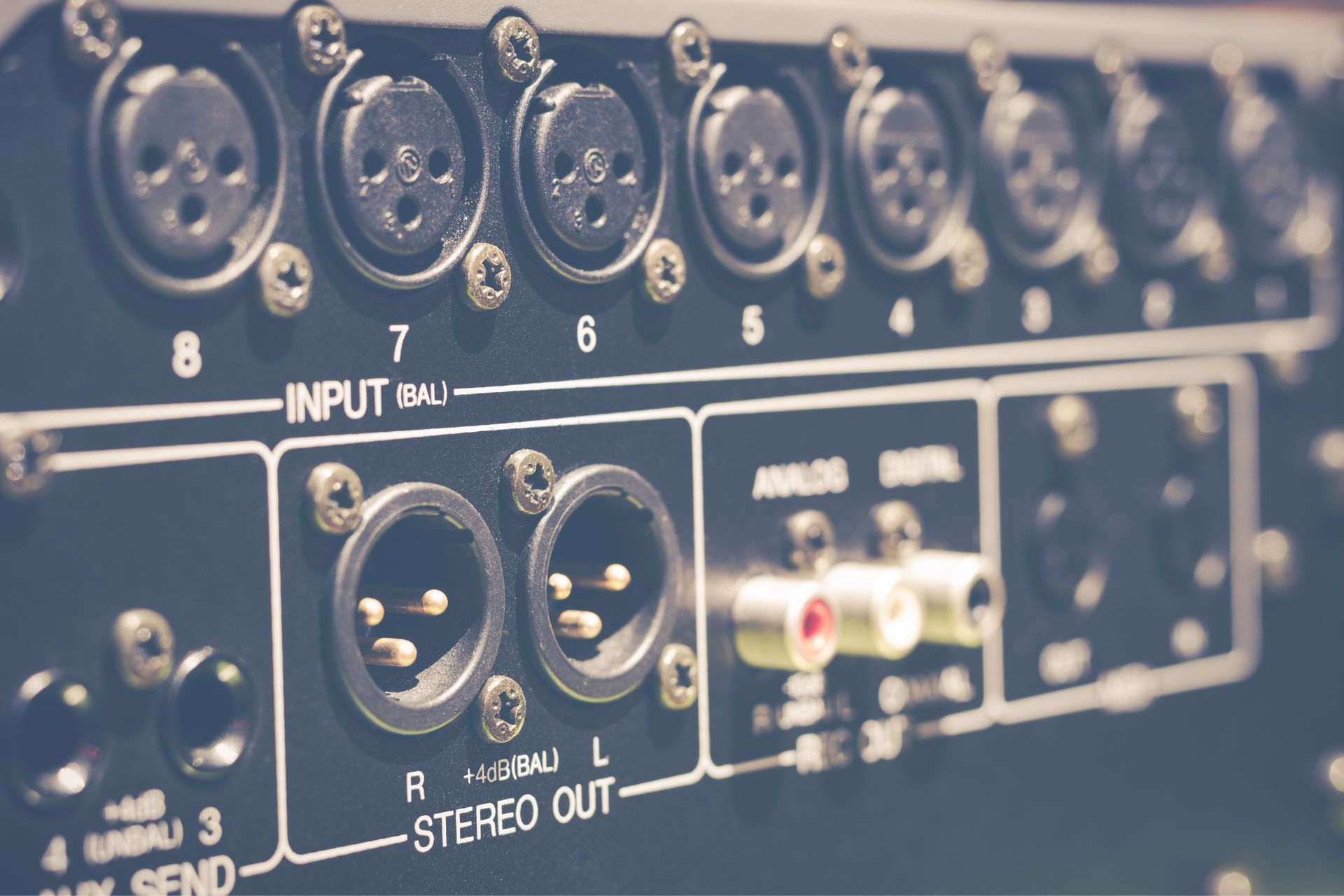

The purpose of RAID configurations in data storage systems is to improve the performance, reliability, and availability of stored data. RAID stands for Redundant Array of Independent Disks, and it involves combining multiple physical hard drives into a single logical unit. By doing so, RAID configurations can provide increased storage capacity, data redundancy, and fault tolerance.
RAID provides redundancy and fault tolerance in disk arrays through various techniques such as mirroring and parity. In mirroring, also known as RAID 1, data is duplicated across multiple drives, so if one drive fails, the data can still be accessed from the remaining drives. Parity, on the other hand, is used in RAID levels like RAID 5 and RAID Parity information is calculated and stored across the drives, allowing for the reconstruction of data in case of a drive failure. This redundancy and fault tolerance ensure that data remains accessible even if there is a hardware failure.
Low-code development platform provider OutSystems has released AI Agent Builder, a no-code tool for building custom generative AI agents using large language models (LLMs) from Azure OpenAI or Amazon Bedrock.To read this article in full, please click here
Posted by on 2024-03-13
There are different RAID levels, each with its own characteristics in terms of performance and data protection. RAID 0 offers striping without redundancy, providing improved performance but no data protection. RAID 1 offers mirroring for data redundancy but does not improve performance. RAID 5 combines striping and parity, providing both performance and data protection, while RAID 6 adds an additional level of redundancy with dual parity. RAID 10 combines mirroring and striping, offering both performance and high levels of data protection. The choice of RAID level depends on the specific requirements of the application or use case.

Yes, RAID configurations can be implemented in both hardware and software. Hardware RAID involves using a dedicated RAID controller, which offloads the processing and management of RAID operations from the host system. Software RAID, on the other hand, utilizes the host system's CPU and operating system to manage the RAID operations. Both hardware and software RAID have their advantages and disadvantages, and the choice between them depends on factors such as cost, flexibility, and performance requirements.
The advantages of using RAID for data storage include increased performance, data redundancy, and fault tolerance. RAID configurations can improve read and write speeds by distributing data across multiple drives. They also provide data redundancy, ensuring that data remains accessible even if a drive fails. Additionally, RAID offers fault tolerance, allowing for the continued operation of the storage system in the event of a hardware failure. However, RAID configurations can be more complex to set up and manage, and they may require additional hardware or software components.

RAID handles data striping by dividing data into blocks and distributing them across multiple drives. Each drive stores a portion of the data, and this parallel access improves performance. Parity calculations are used in RAID levels that include parity, such as RAID 5 and RAID Parity is calculated by XORing the data blocks across the drives, and the resulting parity information is stored on a separate drive. This allows for the reconstruction of data in case of a drive failure.
Hybrid Storage Solutions (Combining Local and Cloud Storage)
When selecting the appropriate RAID level for a specific application or use case, several considerations need to be taken into account. These include the required level of performance, the desired level of data protection and redundancy, the available budget, and the capacity requirements. RAID 0 may be suitable for applications that prioritize performance over data protection, while RAID 1 or RAID 10 may be more appropriate for applications that require high levels of data redundancy. RAID 5 and RAID 6 offer a balance between performance and data protection, making them suitable for many applications. Ultimately, the choice of RAID level should align with the specific needs and priorities of the application or use case.
